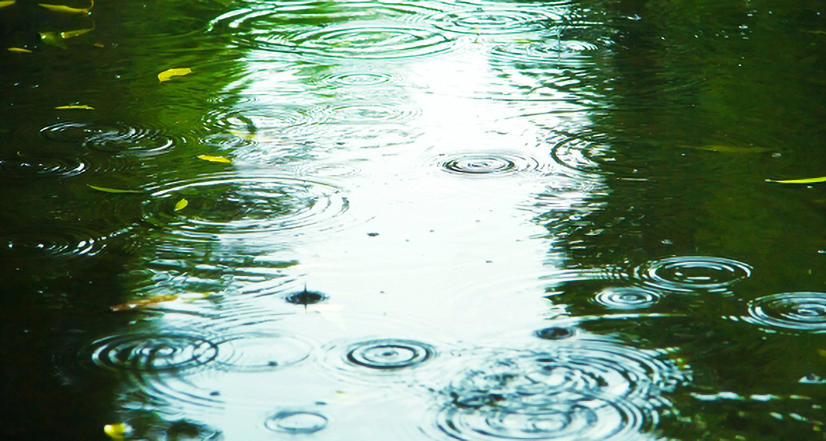
Though not in the news as much as it once was, acid rain remains a problem. Most of our energy needs are derived from burning fossil fuels, such as coal and gasoline. Power plants, factories, and vehicles give off sulfur and nitrogen oxide emissions, which react in the atmosphere to form sulfuric and nitric acids. These acids are then deposited back onto the landscape in rain, snow, fog, or particles.
Airborne pollutants can travel several hundreds of miles from their source, contaminating lakes, forests, and other natural areas.
Acid rain also releases aluminum from soils. This aluminum damages plant roots and pollutes nearby water bodies, where it can cause respiratory distress to fish.
In recent years, the acid rain problem has improved thanks to federal regulations that have reduced acid-forming emissions from power plants. But there are still many acidified lakes and streams in the Northeast.
“Well, for the recovery of many acidified forests and lakes, we need further emissions reductions. The question is how much.”
Gary Lovett, a senior scientist at the Cary Institute, describes what it will take to ensure their recovery…
“For many areas, scientists have been able to determine the amount of acid rain that an ecosystem can tolerate without incurring harm. We call that amount the ‘critical load.’ What we need now is a policy step so that the state and federal governments get on board and actually designate these critical loads for sensitive areas. For instance in New York, that might be the Adirondack and Catskill Mountains. These designations would give us a target that would let us know exactly how much emissions need to be reduced in order to ensure the health of ecosystems.”
Produced in collaboration with WAMC Northeast Public Radio, this podcast originally aired on February 19, 2013. To access a full archive of Earth Wise podcasts, visit: www.earthwiseradio.org.






